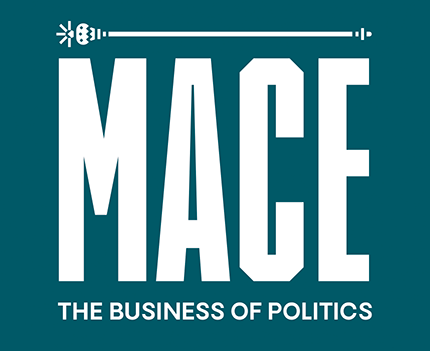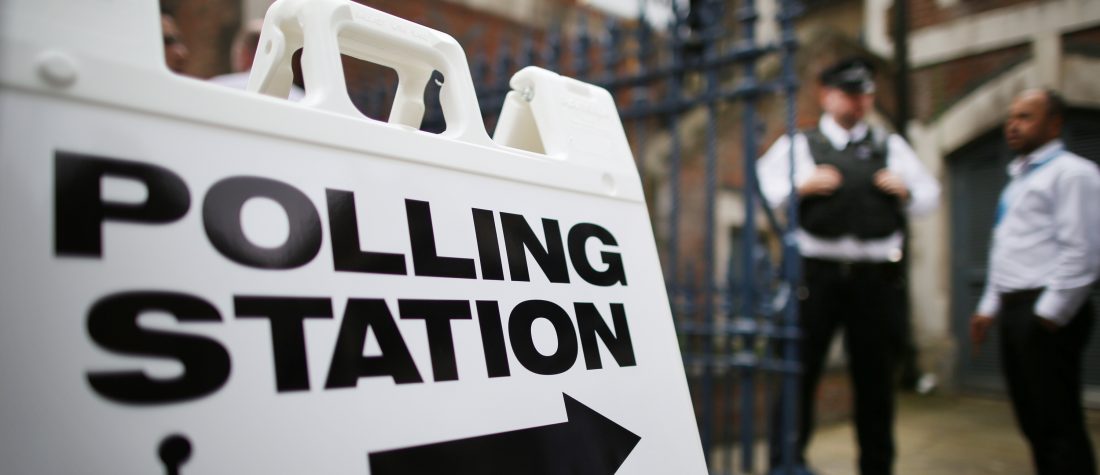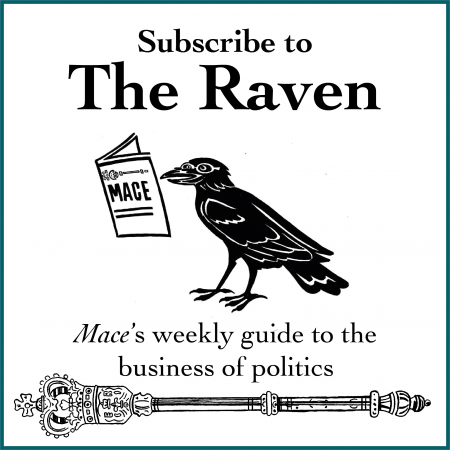Just a few short weeks ago it was being suggested that the outcome of the local elections on 5 May could determine Boris Johnson’s political fate – assuming he made it that far. Tory MPs concerned about the potential electoral damage caused by the partygate allegations looked as though they might move against the prime minister if their party was to suffer serious electoral losses at the ballot box.
After all, bad local election results have previously helped dislodge a prime minister. A bad Labour performance in 2006 resulted in growing pressure on Tony Blair to stand down, which he eventually did twelve months later. More recently, serious Conservative losses in 2019 added to the calls for Theresa May to resign in the wake of her inability to secure Commons’ support for her Brexit deal, a step which she duly took three weeks later after an even worse performance in subsequent European elections.
Following the Ukraine crisis, the storm surrounding the prime minister has abated – for the time being, at least. However, it is doubtful whether the local election ballot boxes would ever send a simple political message to which Tory MPs might feel impelled to respond.
Three key features of this year’s elections in England point to that conclusion. First, they take place disproportionately in places where Labour are already in command. Second, in many of the councils the Conservatives are defending, only one-third of the seats are up for grabs. Third, the Conservatives did not do particularly well when most of the seats in play were previously contested.
May’s local elections are a smorgasbord of complexity that opens up the prospect of every party being able to cherry pick those results that paint their performance in a positive light. The most straightforward contests are in London, where all of the 1,800 seats on the capital’s 32 borough councils are being contested. Moreover, because most wards elect three councillors rather than just one, a change of the front runner in just a few wards can result in a substantial change in a council’s political composition. However, the Conservatives are defending overall control in just seven boroughs, so there is not a lot for them at stake.
Outside the capital, partial elections prevail. In 94 councils, one-third of the seats are up for grabs (fought in single member contests), while in another six only half are at stake. Only on 14 councils are all the seats being contested, including those for four new single-tier councils in Cumbria, North Yorkshire and Somerset that will replace the existing two-tier structure locally.
But these predominantly rural areas are exceptions rather than the rule. Those councils with elections are disproportionately situated in more urban (and thus more Labour) England. Labour will be defending overall control of 41 councils, 26 of them large, single tier districts, while the Conservatives are currently in charge of 37, all but ten of them lower tier, relatively small district councils, and in only five of which are all the seats at stake. Overall, 2,500 seats are being fought over – just 700 more than in the capital.
There are, though, also elections for all the 1,200 seats on Scotland’s 32 local authorities, as well as for all 1,200 on the 22 councils in Wales. But neither set of elections is politically straightforward. In Scotland, the ballot will take place using the single transferable vote (STV) system of proportional representation. Consequently, there has to be a dramatic turnover in votes to occasion much in the way of a turnover in seats. Most councils will remain hung, as all but the three island (Independent-dominated) councils are at present, with the shape of the local administration determined by post-election bargaining.
In Wales, the elections are being conducted using first-past-the-post, albeit perhaps for the last time, following recent legislation that will allow councils to switch to STV in future. However, outside Cardiff party politics does not dominate. Even Labour fought only 70 per cent of the wards last time, while none of the other parties contested as many wards as did Independent candidates. As a result, the political message may well be patchy, and, in any event, the Conservatives are only defending control of one council, Monmouthshire.
Meanwhile, the outcome of any set of local elections depends above all on one key question – when were the seats at stake last contested? For the most part, the answer to that question in England – including throughout London – is four years ago, in 2018. The Conservatives were not then in an especially strong position. On average, the polls at the time put the party (41 per cent) just two points ahead of Labour (39 per cent), while the BBC’s estimate of what the parties’ local election performances implied for a general election put the two parties neck-and-neck, on 35 per cent each. The Conservatives are therefore not defending anything like as good a performance as they registered at the last general election. That means even if the party were to emerge with an unchanged tally of seats, the party’s position would in fact have weakened – but doubtless such an outcome might still be successfully spun by the prime minister as a success.
In practice, despite some narrowing of the post-partygate Labour lead, at present the Conservatives are still four points adrift of Labour in the polls. That points to a modest – but no more than modest – swing as compared with four years ago. True, that could be enough to cost the Conservatives control of Barnet (where four years ago Labour suffered from the party’s anti-Semitism row) and Wandsworth (defended by the Conservatives successfully since 1978, sometimes against the odds – not least in 1990, when its defence helped Margaret Thatcher temporarily stave off a rebellion against her leadership). But otherwise, the Conservatives might lose control of only a handful of councils, most notably Southampton, one of the few cities in Tory control, and the “red wall” territory of Newcastle-under-Lyme, where the party only gained control last year as a result of defections and now has to defend all of its seats.
In Scotland and Wales, however, the last elections were held in 2017, at a time when the Conservatives were enjoying a high tide of support. The party was nearly 20 points ahead of Labour in the GB-wide polls, a popularity that was also reflected in strong readings in polls in Scotland and Wales. In both countries, the party secured its best local ballot performance of the devolution era by far. So, although the only Conservative-held council at stake is Monmouth, the party is seemingly at risk of suffering substantial losses of seats. Perhaps of most importance is a potential battle for second place in Scotland, a position that the Conservatives have enjoyed since 2016, but where, at present, the party is trailing Labour by three points. Mr Johnson may not be reliant on Scotland for his majority, but he will not want to see his party’s role as the principal political voice of unionism challenged at a time when, following a disappointing performance five years ago, the SNP could make significant gains, including gaining overall control of Dundee.
Of course, even in England Labour are far from being the Conservatives’ only challengers. For the Liberal Democrats, relatively strong local election performances in recent years have provided the party with some comfort given its much diminished status at Westminster. Their successes have largely been achieved at the expense of the Conservatives. All of the three London boroughs and eight district councils the party will be defending are local battles with Mr Johnson’s party. Although, at 10 per cent, the Liberal Democrats’ position in the polls is still only marginally stronger than at previous local elections, the party could still profit from any weaker Conservative performance, thereby putting Conservative control in some places, such as Somerset, at potential risk.
May’s elections might well not be easy for the Conservatives. They could recede further in London and may well find their progress north of the border put into reverse. But they, of course, are not the Brexit Britain upon which Mr Johnson’s 2019 general election success was founded. It is the prime minister’s good fortune that elsewhere the test to which his popularity will be put is not especially severe. Mind you, that does not guarantee that he will pass.
John Curtice is Professor of Politics, University of Strathclyde and Senior Research Fellow, NatCen Social Research and The UK in a Changing Europe


